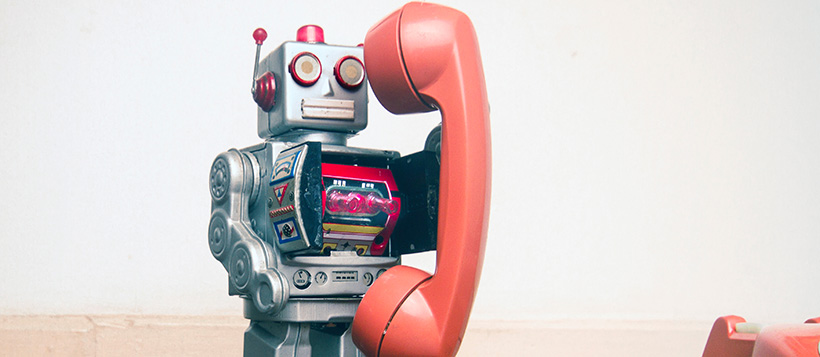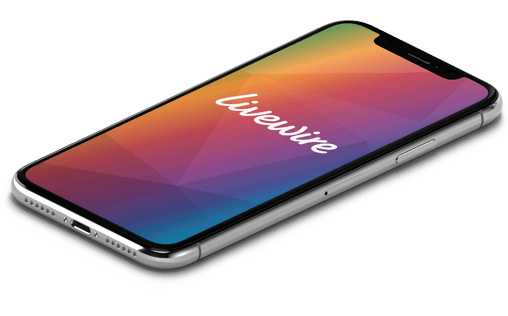
Kate Bush is riding high in the charts; Top Gun is the biggest blockbuster we’ve seen this year, and Y2K fashion is making a comeback. That’s fashion from around the year 2000… more than 20 years ago (not just a few years ago as I often think!)
It might feel like we’ve been transported back in time with these nostalgic trends, but there is something comforting about nostalgia. And marketers have noticed that.
Why do we like nostalgia?
People say that being nostalgic is the equivalent of eating comfort food. No matter our age, we all like to reminisce about things that made us happy when we were younger. Perhaps we also have rose-tinted glasses that things were better in our youth.
Being nostalgic can evoke feelings of warmth, happiness and general wellbeing. A song you haven’t heard for years can transport you back decades in a matter of moments. You might catch a glimpse of an old movie you haven’t seen for a while and remember when you first saw it. In short, nostalgia is powerful.
Not only does it generate these positive sentiments, but it connects people too. When we can say ‘I remember that’ or share an old memory with friends or family, it’s a way of reconnecting.
What is Nostalgia in Marketing?
Using nostalgia in marketing isn’t a new concept, although it is a growing trend spurred on by shows like Stranger Things (set in the 80s), Derry Girls (the 90s) and films like Top Gun.
It’s been used on social media networks like Facebook for years. I’m sure you can picture posts showing a photo of a long-forgotten popular toy or children playing outside with the comment ‘like and share if you remember this’. But unfortunately, these are more click-baiting, spammy examples of nostalgia in marketing created purely to drive engagement.
However, more engaging content has also been around for a while. There’s something very clickable about those articles featuring ’20 Celebrities You’d Forgotten About from the 90s’ or ‘If you remember these toys, you are definitely a Millennial’.
Ideally, you want your content to be more sophisticated than these examples; although sometimes clickable or engaging is what it boils down to.

Why is so nostalgia so popular?
Have you seen the news recently? It’s not exactly a glowingly positive time we’re living in. Of course, there are good news stories, and we don’t want to be doom-mongers, but nostalgia is a form of escapism after a challenging few years.
Beyond this, as adults, we are embracing the trends that are coming around again (well, most of them!) It’s opening up new generations, perhaps even our children, to music, trends, films and tv shows we enjoyed for the first time.
How to use Nostalgia Marketing?
Using nostalgia as part of your marketing or content strategy can be a powerful way to connect with customers. Done well, it creates a positive link between your brand and customers or even prospective customers. In addition, your nostalgic content builds your know-like-trust factor amongst your audience.
The first step in creating effective nostalgic content comes down to your audience. Who is your ideal client? Hopefully, your marketing strategy includes creating buyer personas. If not, get onto it straight away!
It might sound obvious but using nostalgic content from the wrong era means you’ll be missing your target. For example, Thunder Cats and Big Yellow Tea Pots won’t mean much to those over 45 or under 25. Likewise, teenage angst movies and boybands from the 90s will fall flat on Baby Boomers or Gen X.
Using nostalgic content doesn’t have to tap into the mainstream consciousness. Other ways you can pull this type of content into your marketing strategy could include:
- Company history – show how your logo or premises have changed over the years. Or share staff photos from ‘then and now.’
- Personal branding – tell your story. Where did your career start, and when? What were your firsts – first job, first car, first salary packet?
- Local history – this is a great angle if you are a localised business. What has changed in your local area? What landmarks, shops or nightclubs have come and gone
- Job or industry-specific changes – what’s changed in your industry? 20+ years ago, you might have been reliant on fax machines and filing cabinets. Your job might not even have existed.
Who’s using Nostalgia in Marketing?
There are a vast number of brands, large and small, using nostalgia in their marketing strategy. Levi springs to mind as a company that has used nostalgia for decades. Using old music tracks in their tv ads often catapults the artist back to the top of the charts.
Gaming brands like Nintendo and Sega are opening up new audiences to characters who were popular 20 or 30 years ago.
Capture it correctly and nostalgia in marketing can generate brand awareness, engagement, and even sales.
What would you like to see making a comeback?
For advice on your content marketing strategy, contact Livewire today .


